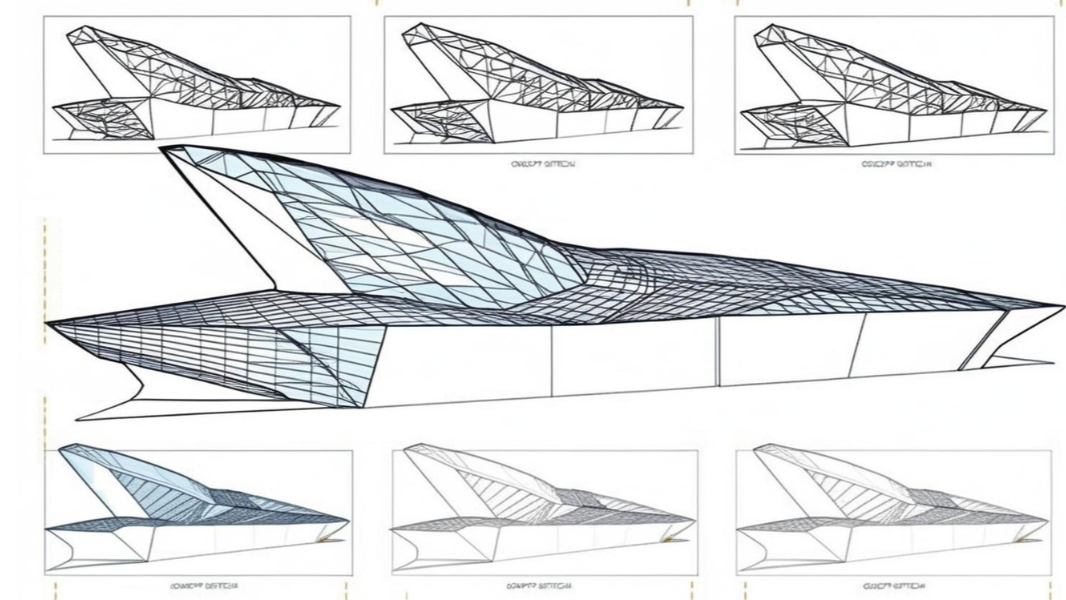Computational design is rapidly transforming the Architecture, Engineering, and Construction (AEC) industry by leveraging algorithms and parametric modeling to explore design possibilities, optimize performance, and streamline workflows. Research indicates its growing impact on creativity, efficiency, and sustainability in the built environment. nbsp; Studies highlight the power of computational design in generating complex geometries and exploring a vast design space that would be impossible with traditional methods. By defining design parameters and constraints, architects and engineers can use algorithms to iterate through numerous design options, identifying optimal solutions based on specific performance criteria. Research in Automation in Construction showcases how computational design facilitates performance-driven design, leading to more energy-efficient and structurally sound buildings. nbsp; Furthermore, computational design enhances the integration of analysis and simulation into the early design stages. By linking design parameters to performance metrics (e.g., structural analysis, daylighting, energy consumption), designers can receive real-time feedback and make data-informed decisions. Studies emphasize the role of computational design in reducing design iterations and optimizing building performance from the outset. nbsp; The application of computational design extends beyond form generation and analysis. It plays a crucial role in optimizing fabrication and construction processes through digital fabrication and robotic construction. Research in Construction Robotics demonstrates how algorithms can generate precise instructions for automated manufacturing and assembly, leading to reduced material waste and increased construction accuracy. nbsp; In conclusion, computational design represents a paradigm shift in the AEC industry. Its ability to algorithmically explore design options, integrate performance analysis, and optimize fabrication processes offers immense potential for innovation and efficiency. As research continues to advance the capabilities of computational design tools, its adoption will be crucial for architects, engineers, and contractors looking to push the boundaries of design, construction, and sustainability in the built environment.
Research also shows significant reductions in project errors and rework through enhanced clash detection and coordination facilitated by BIM. A report by McGraw Hill Construction (now Dodge Construction Network) indicated that BIM users reported an average of 25% reduction in change orders compared to traditional methods. This amounts to substantial cost savings and improved project timelines.
Moreover, BIM fosters seamless collaboration across various disciplines. By providing a shared digital representation of the project, it enables architects, engineers, and contractors to work concurrently, identify potential issues early, and make informed decisions collectively. Research published in the Journal of Construction Engineering and Management emphasizes the role of BIM in improving communication and reducing information silos, leading to more integrated project delivery.
Beyond design and construction, the rich data embedded within BIM models supports efficient facility management, asset tracking, and lifecycle analysis. Studies have shown that leveraging BIM for facility management can lead to significant reductions in operational costs and improved asset performance.
In conclusion, the evidence overwhelmingly supports the adoption of BIM as a critical strategy for the AEC industry. Its ability to enhance collaboration, reduce errors, optimize costs, and improve asset lifecycle management positions it as the foundation for a more efficient, sustainable, and data-driven future for building design and construction. Embracing BIM is no longer a competitive advantage, but a necessity for staying relevant and successful in today’s evolving AEC landscape.




